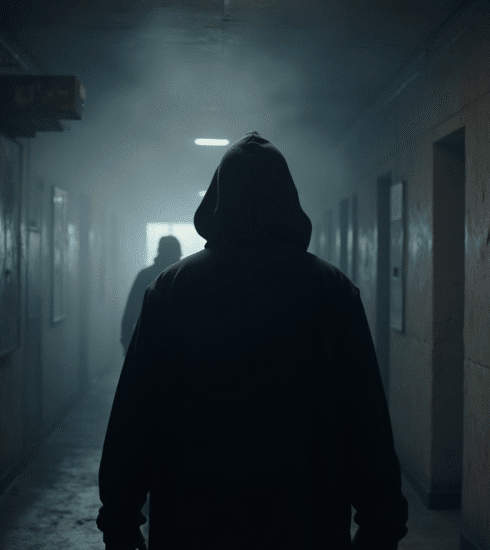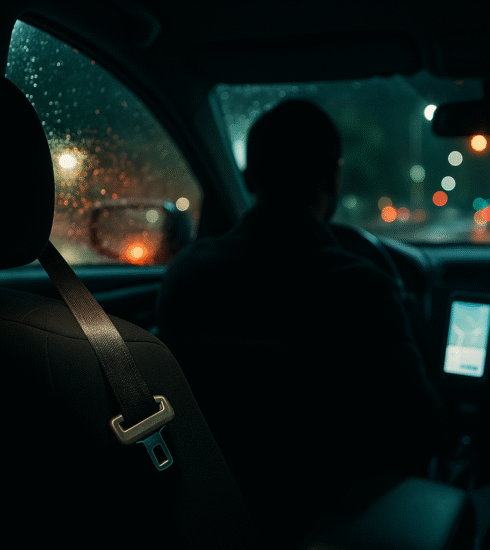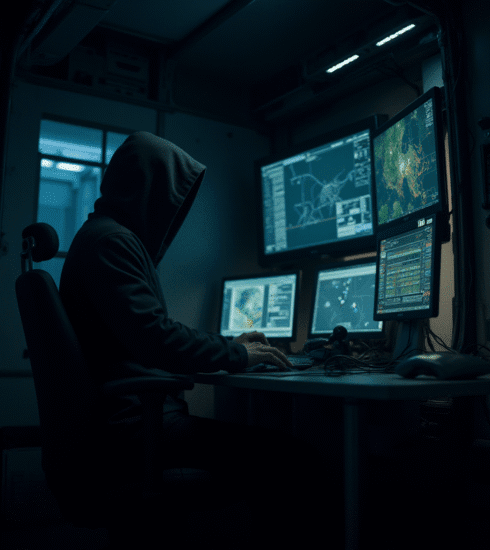Tactical Flashlight Techniques: Indoors Angles And Spill
A tactical flashlight is far more than a simple tool for illumination in a dark environment. In a defensive context, it serves as a force multiplier, a distraction device, and a critical tool for identification and decision making. The way you hold and manipulate the light directly impacts your ability to see a threat while managing your own visibility. Proper technique allows you to control the space, disorient a potential aggressor, and maintain the advantage of surprise. This discussion focuses on the lawful, defensive application of light indoors for security professionals and prepared civilians. Mastering angles and spill is the key to using your light effectively without broadcasting your own position unnecessarily. Understanding these
Light is information. Shining a light tells everyone where you are. The rule is to use momentary bursts. Illuminate, assess, and move. Never leave your light on continuously in a tactical environment.
Fundamental Grip and Ready Positions
The foundation of effective light use begins with how you hold it. The most common and stable method is the Rogers or SureFire technique, where you grip the flashlight in your support hand and press it against the side of your head or cheek. This creates a stable platform that naturally indexes the beam toward where you are looking. Your thumb operates the tail switch for momentary activation, giving you precise control over the duration of each light burst. This method keeps the light away from your body’s centerline, preventing an adversary from aiming at your core.
Another essential position is the low ready, where the light is held near your waist, angled slightly downward. This position minimizes your profile and keeps the beam from accidentally illuminating you or giving away your position at chest height. From the low ready, you can quickly raise the light to identify a sound or movement in a specific area. The key is to keep the light activated only in short, controlled bursts to gather information without creating a persistent target for anyone watching. Practice transitioning smoothly between these positions to adapt to different room layouts and threats.
Harnessing the Beam’s Spill for Awareness
The spill of a flashlight beam refers to the wider, less intense corona of light surrounding the hot spot. This peripheral illumination is invaluable for maintaining situational awareness indoors. Instead of focusing solely on the bright center, trained individuals use the spill to monitor doorways, corners, and the edges of a room while directly assessing a primary area. This allows you to detect movement or secondary threats in your periphery without constantly swinging the main beam back and forth.
When moving through a structure, angle the light slightly downward and toward a wall. This technique, called wall scanning, uses the bounce and spill from the wall to illuminate a room indirectly. It provides enough light to navigate and identify major threats without blinding yourself on reflective surfaces or immediately revealing your exact location in the center of a doorway. Using spill effectively reduces the tunnel vision effect that can occur under high stress, helping you process more of your environment with each scan.
Your light should answer a question. Is the room clear? Is that a person? Is that a weapon? Flash, assess, and decide. If the light does not provide an answer, change your angle and try again.
Angles for Threshold Evaluation
Approaching and clearing a doorway is one of the most vulnerable moments indoors. Presenting yourself directly in the center of the frame makes you an easy target. Instead, use angles to your advantage. Approach the door from the side, staying off the centerline as much as the structure allows. From this offset position, you can use your light to slice the pie, methodically illuminating slices of the room beyond the doorway without exposing your entire body.
Hold the light away from your body during this process. Extend your support hand out into the doorway to activate the light while your body remains behind cover on the wall. This technique, called disorienting or distracting with the light, can draw attention and potential fire toward the light source and away from your actual position. After a momentary flash, immediately bring your hand back to a protected position. The information gained from that brief illumination allows you to make informed decisions about how to proceed into or past the room.
Light Discipline and Muzzle Awareness
In a context where a light is mounted to a firearm, the rules of muzzle awareness become paramount. The beam of light is now a direct indicator of where your muzzle is pointed. Every time you activate the light, you must be certain of your backdrop and what you are identifying. The fundamental rule of never pointing a weapon at anything you are not prepared to destroy is visually enforced by the bright beam. This provides a constant reminder to maintain strict discipline.
Practice activating the light in short, controlled bursts even when it is weapon mounted. The temptation to leave the light on for extended periods is high under stress, but this will drain the battery quickly and make you a magnet for attention. Use the same flash and assess rhythm. If you must illuminate a area for more than a second, move the muzzle and the light off target slightly after identification to avoid flagging a non threat. This constant movement and controlled use of light is a hallmark of professional training.
Using Light for Communication and Control
A powerful white light can also serve as a non verbal tool for communication and control. In a defensive scenario, shining a bright light directly into someone’s eyes can stop their forward progress and allow you to issue verbal commands. The photonic barrier created by the beam makes it difficult for them to see you clearly, giving you a moment to assess their intent and determine if they are a threat. This can be a effective de escalation tool before any physical confrontation occurs.
When working with a team, simple light signals can convey information silently. A specific number of flashes, or light shone on a specific object, can signal a room is clear, a threat is present, or to hold position. These signals must be simple, prearranged, and practiced to avoid confusion. The light becomes an extension of your command and control capabilities in an environment where silence is necessary for maintaining operational security.
The tactical flashlight is a simple tool with complex applications. Its value lies not in its raw output but in the skill of the person wielding it. Effective use is a dance of revealing and concealing, of gathering information while denying it to others. It requires practice to develop the muscle memory to manipulate the switch instinctively and to interpret what you see in a split second burst of light.
Spend time in a safe, familiar environment practicing these techniques. Learn the beam pattern of your own light. Understand how it reflects off different surfaces. The goal is to make the flashlight an seamless extension of your senses, allowing you to dominate the dark while protecting your own safety.





